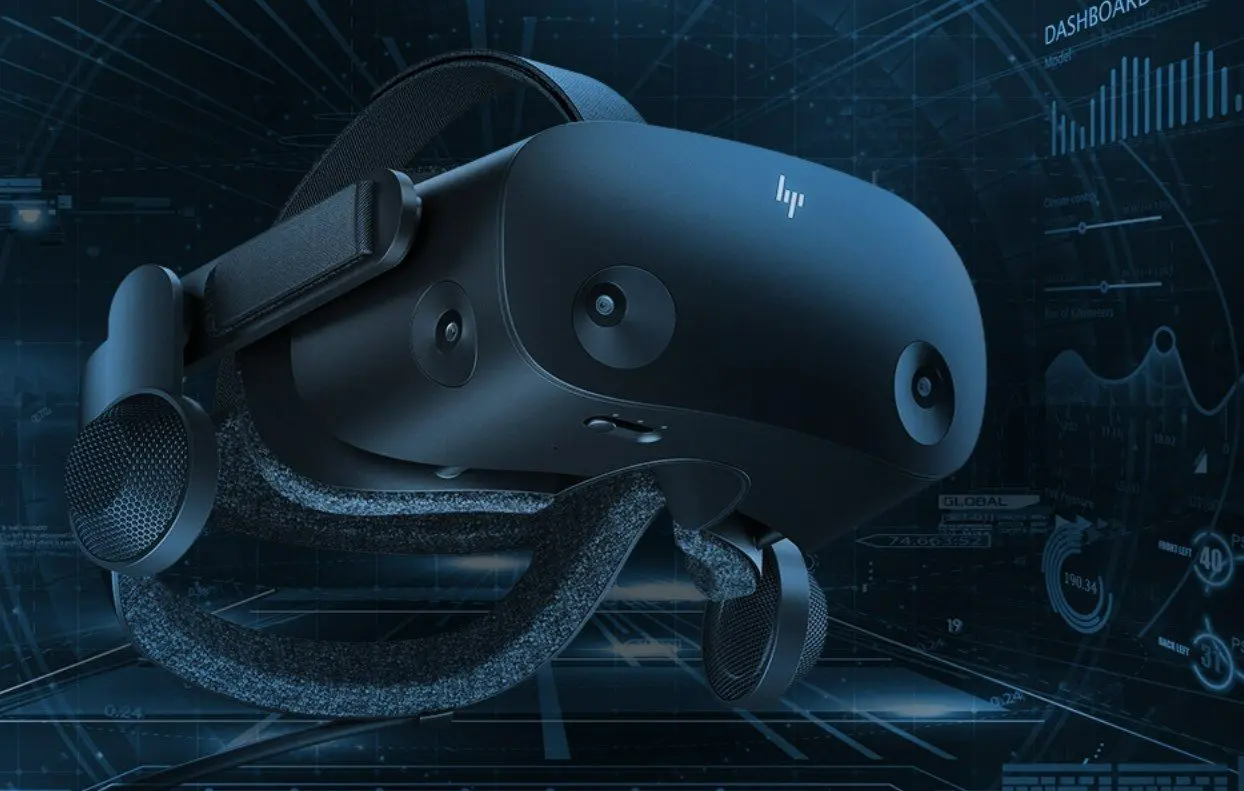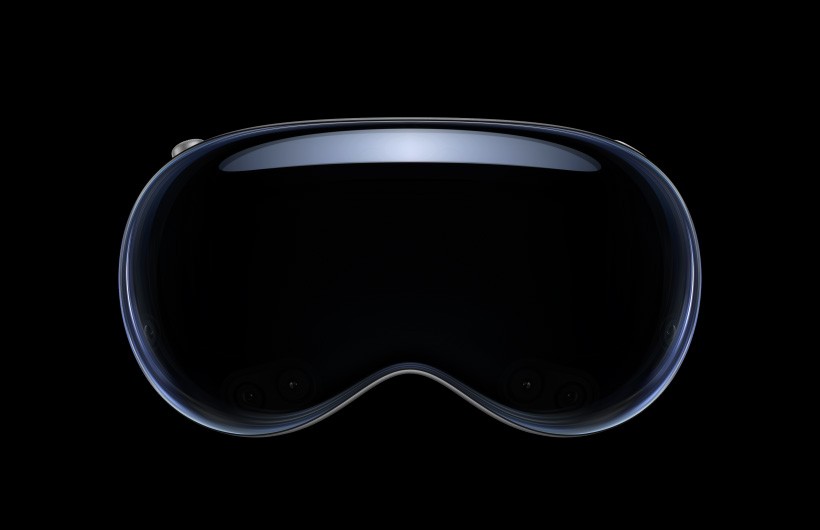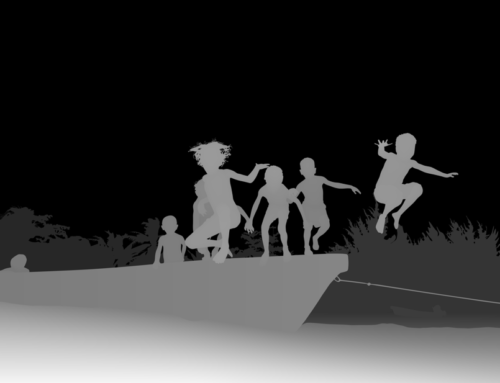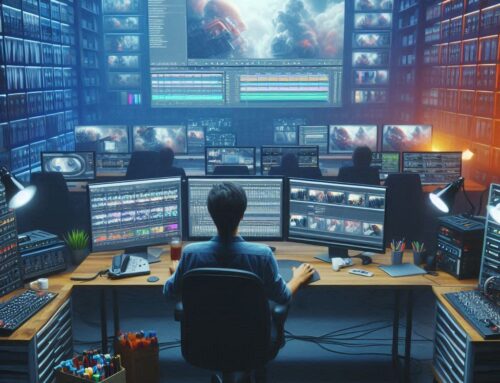Visual Effects and Animation in 2024

Emerging Technologies Shaping the Future of Visual Effects
Real-Time Generation
Real-time generation allows artists to see immediate results as they create visual effects, reducing the time spent on rendering and iteration.
LED Volumes
LED volumes are large screens made up of LED panels that display dynamic backgrounds or environments in real-time during filming. This technology enables actors to interact with virtual elements more realistically.
Virtual Production
Virtual production combines physical sets with digital environments, giving filmmakers greater flexibility and control over their creative vision.
Facial Recognition
Facial recognition technology is used to capture detailed facial expressions and movements, which can then be applied to digital characters for more lifelike animations.
Volume Sensing
Volume sensing refers to the ability of a system to detect and track objects or people in a given space. This information can be used to create interactive visual effects or enhance motion capture techniques.
Artificial Intelligence (AI)
Artificial intelligence is being integrated into various aspects of visual effects production, from automating repetitive tasks to generating realistic simulations.

In 2024, the VFX/animation (↑) company continues its relentless march forward, undeterred by monetary fluctuations or production challenges. Despite pauses in production due to strikes (↑) and belt-tightening measures between studios, the business remains alive thanks to innovation in tools and strategies. Despite pauses from strikes and studio cutbacks, innovation in tools and strategies keeps the industry thriving. Real-time generation, LED volumes, virtual production, facial recognition, volume sensing, and AI drive the forefront of visual storytelling, pushing boundaries.
The Impact of Artificial Intelligence on Visual Effects
Artificial intelligence is gaining ground in mainstream VFX, introducing new avenues for creativity and efficiency. Here are some examples of how AI is revolutionizing the creative process:
- Vision Articulation: Devices like Midjourney use AI algorithms to interpret and translate visual ideas into actionable concepts.
- Physics-Based Animation: Software such as Cascadeur utilizes AI-powered physics engines to simulate realistic movements in character animation.
- Neural Radiance Fields (NeRF): AI-generated Neural Radiance Fields (↑) explore innovative ways of representing 3D scenes, offering potential time-saving benefits and expanded artistic possibilities for creators.
- Device Control Algorithms: AI algorithms can optimize device settings automatically, leading to improved performance and better user experiences.
Tools for virtual production and pre-visualization

Virtual production tools like Unreal Engine and FarSight are revolutionizing filmmaking. Directors and VFX supervisors now have greater control over designing and visualizing images. With these advancements, CG elements seamlessly integrate into real-world environments, streamlining production processes. This trend marks a significant shift in how films are conceived and executed, merging pre-production, production and Post-production (↑) stages.
The role of cloud computing and storage
As the enterprise adopts a hybrid painting environment, cloud computing and storage solutions are still essential. Studios use cloud workstations and render farms to optimize workflow performance and adapt to changing production needs. Cloud rendering services provide scalability and availability, allowing groups to collaborate seamlessly across geographies while reducing infrastructure charges.
2.5D Animation
The blend of 2D and 3D animation, known as 2.5D animation (↑), is becoming increasingly prominent, and this trend is expected to persist into 2024. This artistic fusion is evident in recent projects like Space Jam: A New Legacy, Teenage Mutant Ninja Turtles: Mutant Mayhem, and the upcoming Smurfs movie. It allows for a seamless integration of different animation styles, fostering innovation in the field.
Q&A
Q1: How is AI shaping the future of Visual Effects and Animation in 2024?
A1: AI is revolutionizing the visual effects industry by streamlining workflows, unlocking new creative possibilities, and enhancing efficiency. From automating tedious tasks to generating realistic simulations, AI-powered tools are driving innovation and transforming the way artists approach their craft.
Q2: What are the key advancements in virtual production technology?
A2: Virtual production tools advance, empowering precise shot visualization and planning. Unreal Engine and FarSight enable real-time CG integration, revolutionizing filmmaking and expanding creativity.
Q3: How does cloud computing impact VFX production?
A3: Cloud computing revolutionizes VFX studio collaboration and innovation with scalability, flexibility, and accessibility. Teams streamline workflows and optimize resource allocation using cloud-based workstations and render farms. This adaptability enhances productivity and reduces costs amidst changing production demands.






